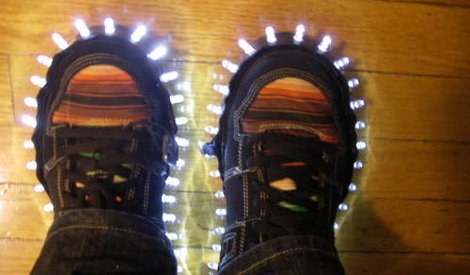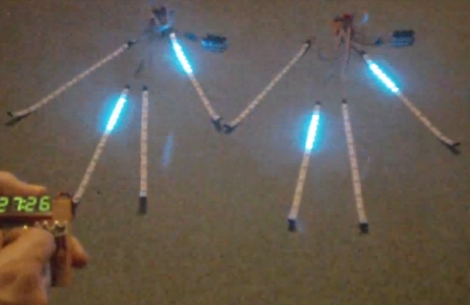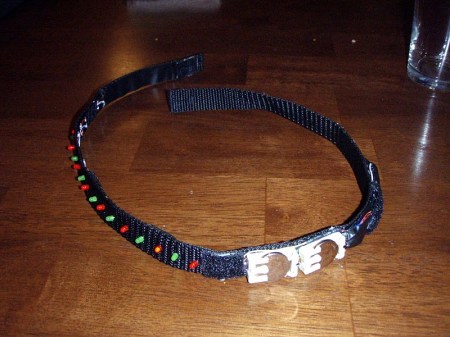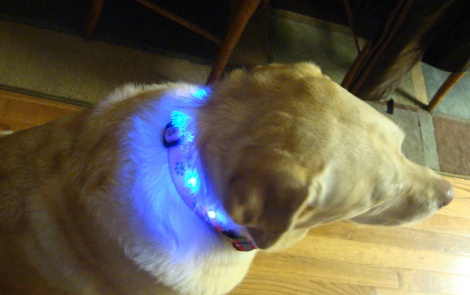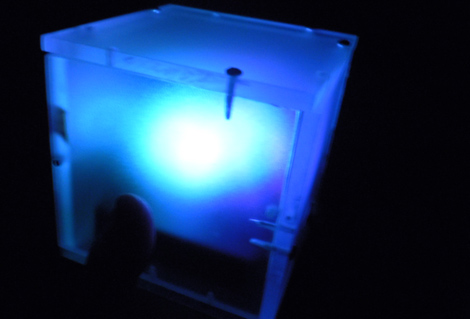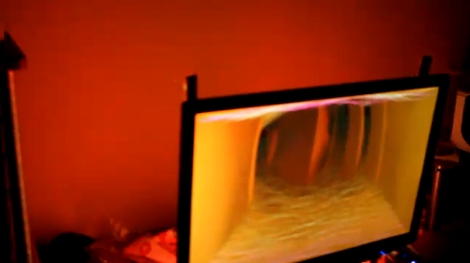
[Christian Pigeon’s] first big project was to build this ambient light system for his computer monitor. This is based on the same concept as the Phillips Ambilight system which illuminates the area behind a television to match the color on the edges of the screen. We’ve seen clones before, but this is the first one we’ve come across based on Amblone.
With Amblone as a starting point [Christian] modified the code to work with the Arduino Duemilanove which has fewer PWM channels than its bigger brother, the Arduino Mega. No word on where he acquired the RGB LED strips that provide the illumination, but the driver boards are just protoboard with groups of resistors and transistors to switch the diodes on and off. Check out the video after the break to see effects he achieves with this setup.


